In an earlier post I suggested that the only thing left to do with my 1950s rangefinder 35mm was a pinhole conversion project, bearing in mind that most features were dead (invisible patch, wonky viewfinder etc) but at least an apparently working shutter including bulb setting. So here I present my Paxette Pinhole. Being a Series II, this one has interchangeable lenses via a M39-like screw mount, which means the lens can be easily removed and replaced with my custom made pinhole.
Having acquired a thin brass plate pre-drilled with a 0.25mm hole (very cheaply online), I originally thought about simply gluing it over the mount. However, not wanting to permanently ‘damage’ the camera body, I had a re-think. The result was actually quite straightforward: I took apart an old enlarger lens, removing all the glass and unwanted bits and re-assembled with the now trimmed to shape pinhole plate glued into a recess. Because enlarger lenses also use a 39mm screw, it fits perfectly onto the Paxette mount, like having an additional lens!
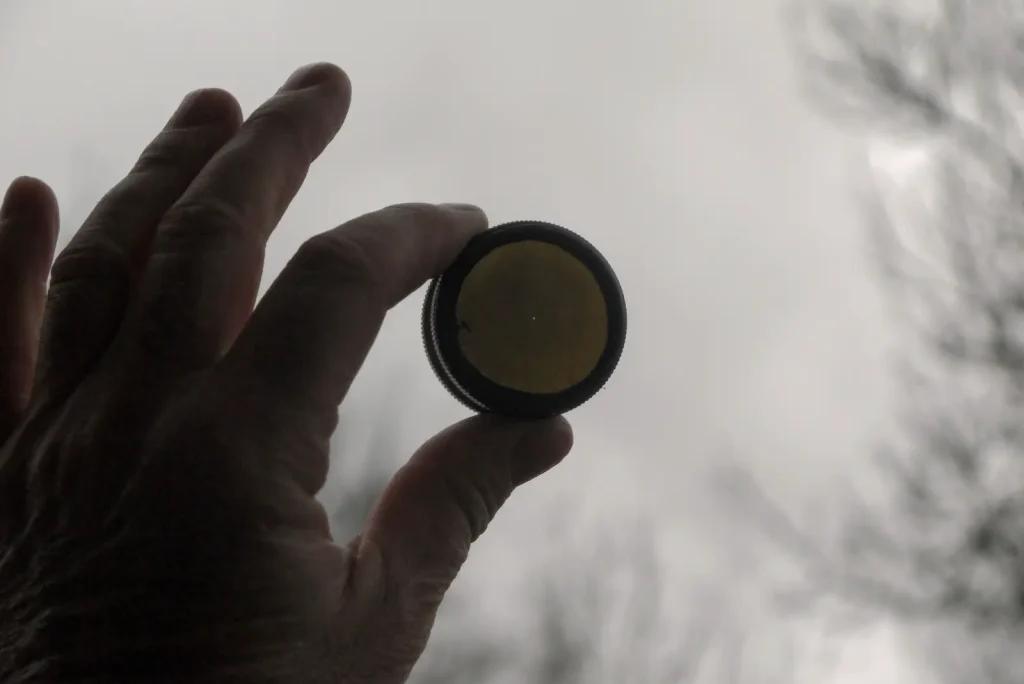
Landscapes offer the ideal environment for pinhole photography (seascapes and cityscapes too). Thus I decided my testing ground would be the one hour walk from my village to the next, taking in beautiful Kentish countryside incorporating valleys, fields, meadows and woodland. Even more beautiful with the transition to autumn colours which I hoped to catch on Vista Plus 200, a film I have enjoyed using at this time of the year before. The first image here is my favourite, the softness of focus really works for me, colour saturation how I imagined.
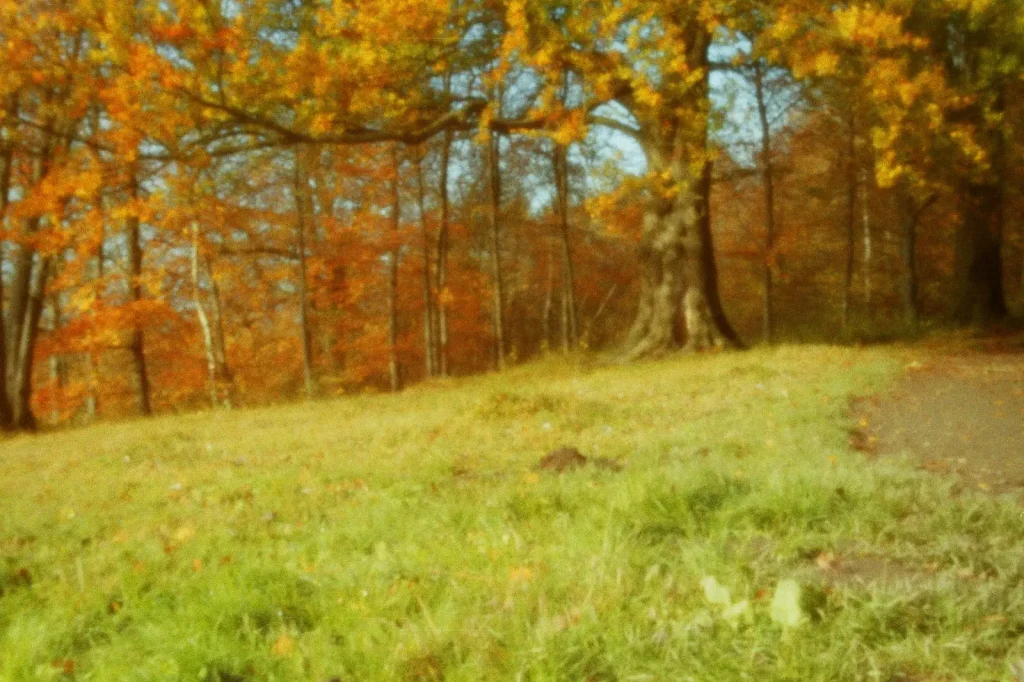
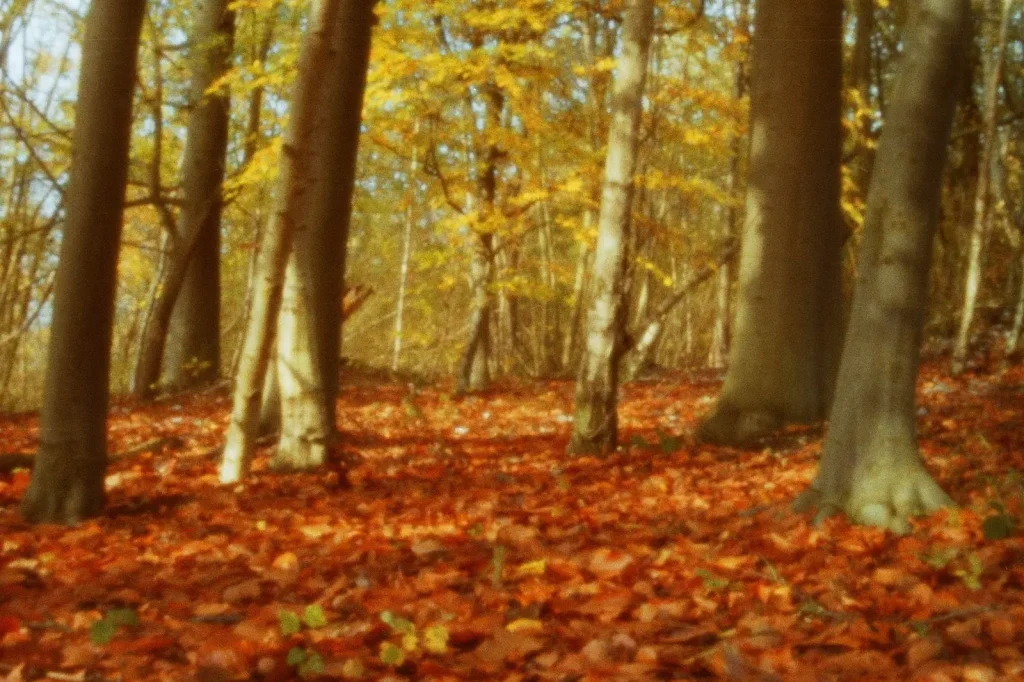
Before setting out on my pinhole expedition, I needed to do some research especially the question of exposure times. There are quite a few guidelines and suggestions online but a particular one felt right to me and well tested, so long as you know the f number of the pinhole and able to take a metered reading that gives you a f number at 1/60th second. I measured the focal length of my mod to be around 40-45mm giving me an approximate pinhole of f/175. On the day (crisp slightly chilly with reasonable light) I metered 1/60th f8 for ISO 200. The formula is therefore 175÷8, answer squared then ÷ by 60 to give you an exposure time in seconds. In this case, roughly 8. If the light dimmed slightly, up it to 12 which I counted out in my head while pressing down on a cable release.
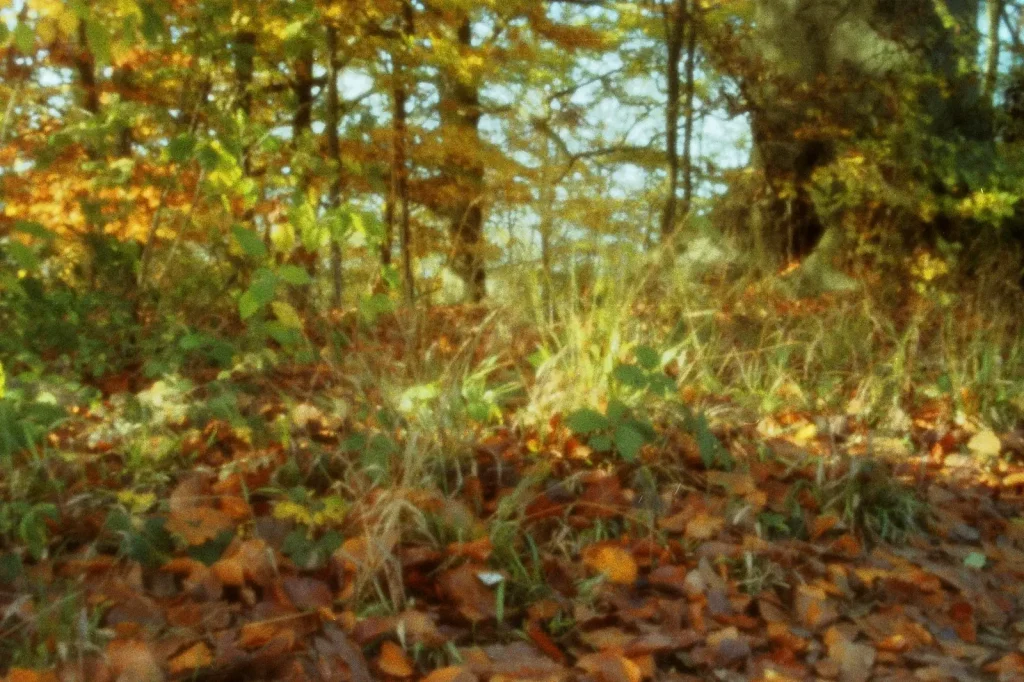
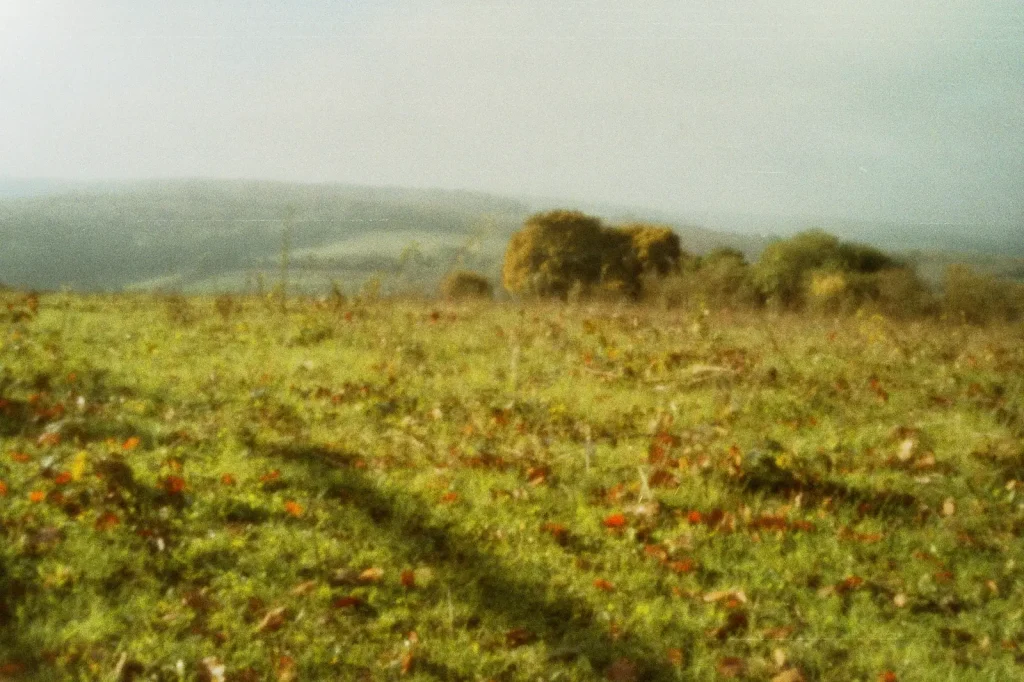
Obviously exposures of this length requires a tripod. I used a light weight model as easier to carry around the countryside. I kept it at minimum height, almost like a tabletop mini model as I wanted to shoot from a low point of view. Just meant a lot of time on my knees looking across the camera judging whether it was level of not.
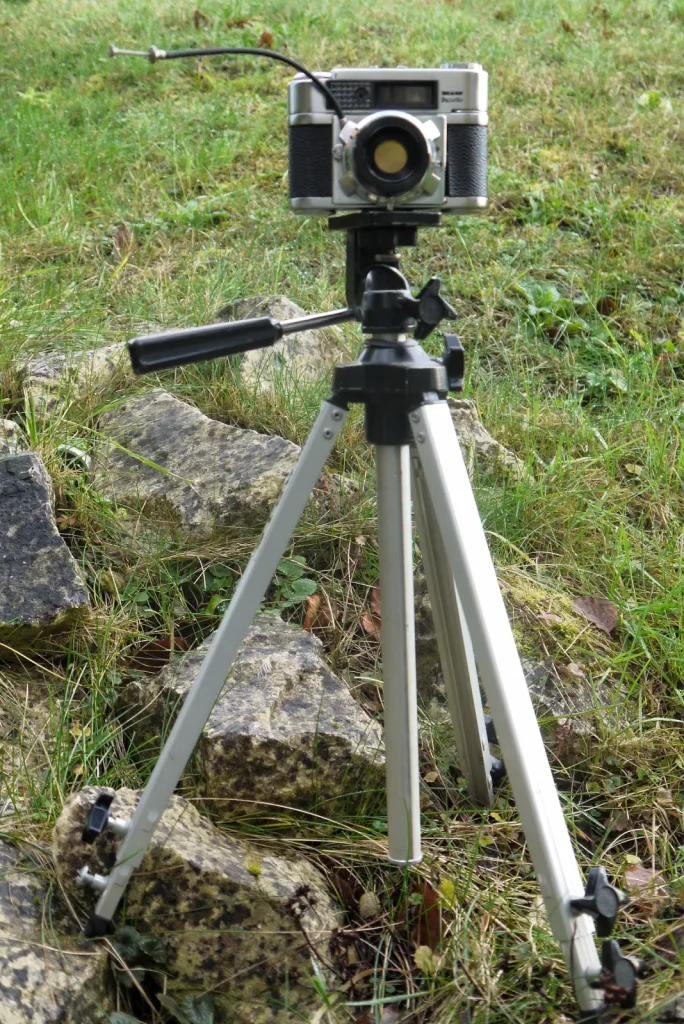
I only managed 12 frames from the whole roll of film. It seems the wind-on mechanism is not right. Quite a few missed frames occurred and even an accidental double exposure. Scratch lines are also evident in some.
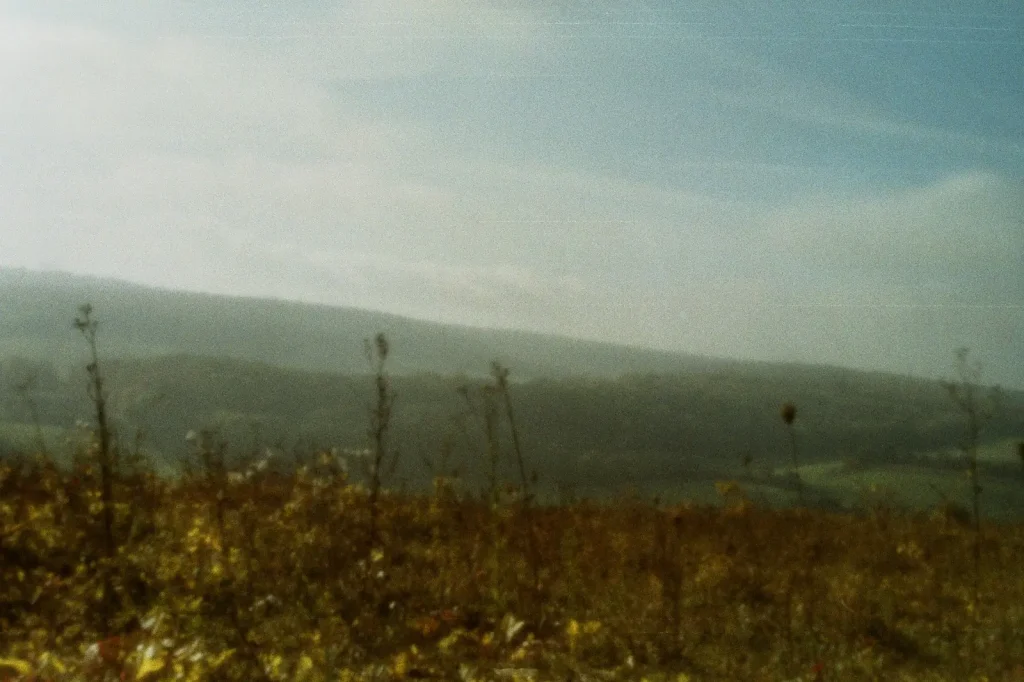
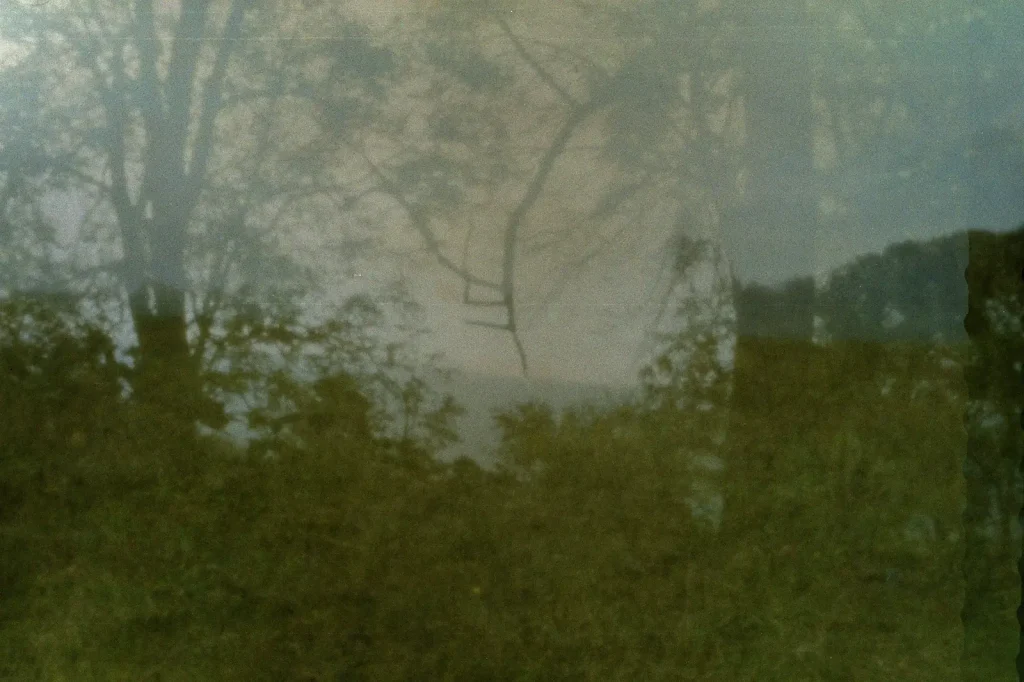
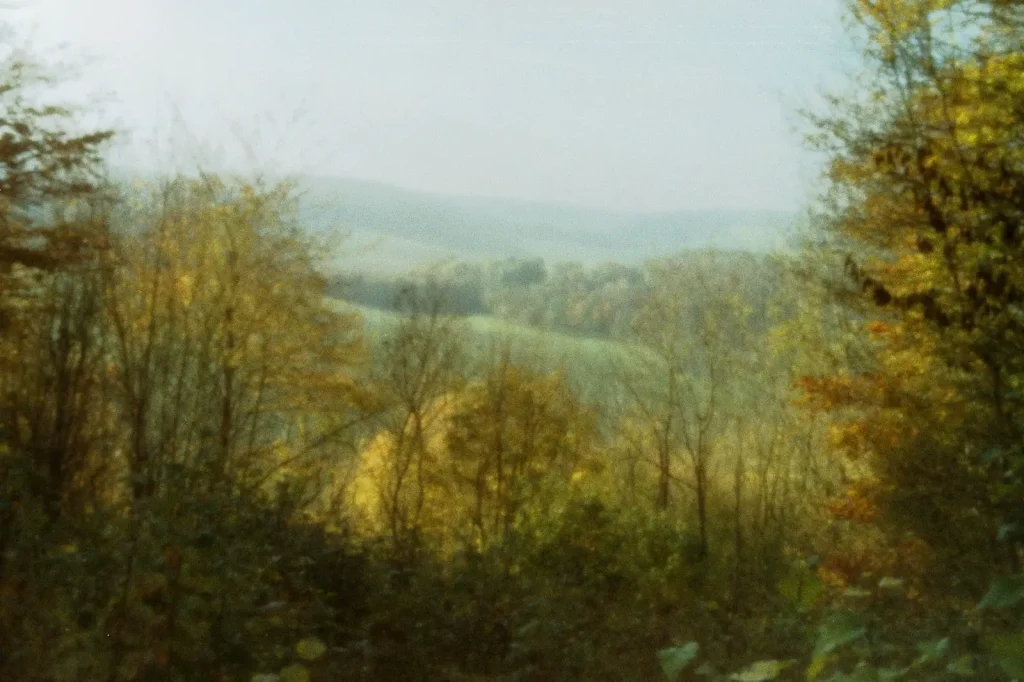
I enjoyed my first pinhole experience and learnt several things for the future, including that I don’t like curious cows. Oh, and the walk back wasn’t so fun as the sole came off one of my boots, so I ended up with one soggy foot!
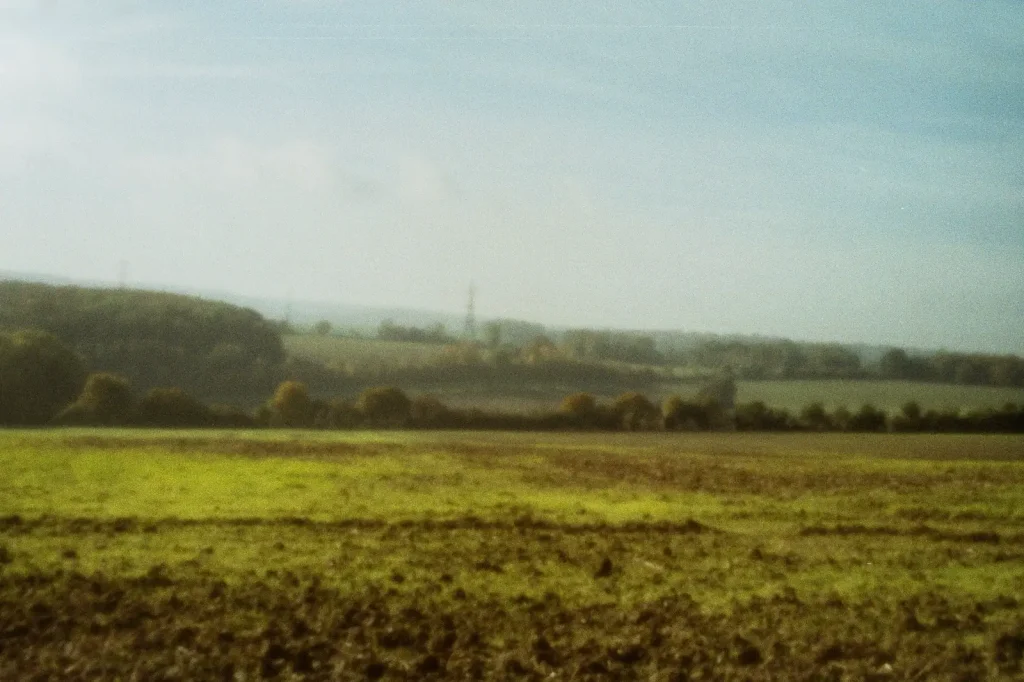
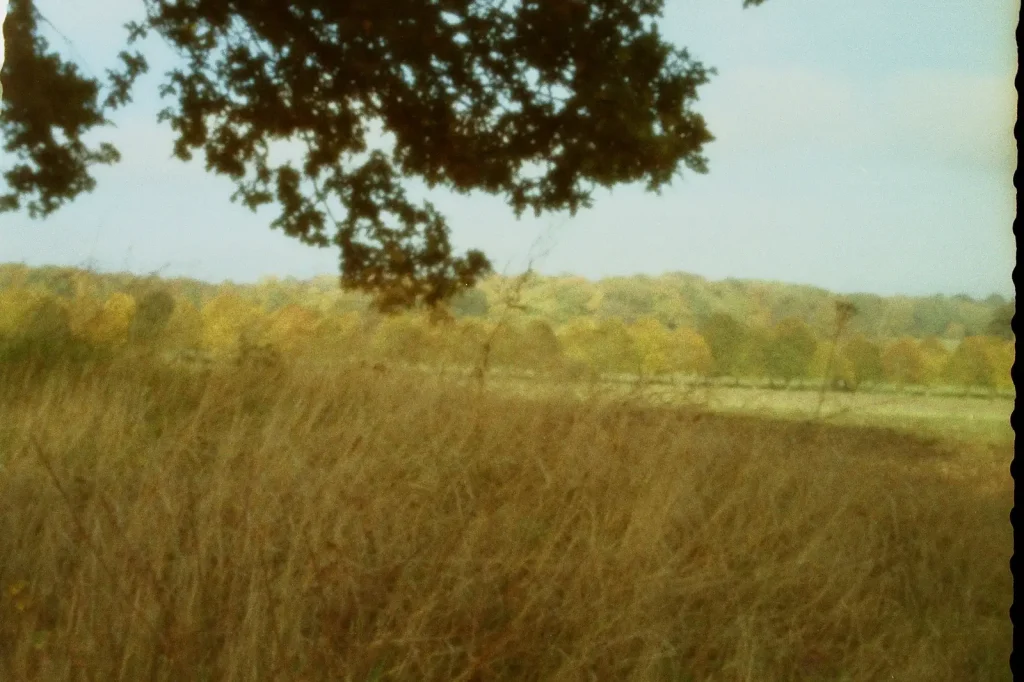
Thanks for reading. Some of my stuff at www.rocksreflex.com
Share this post:
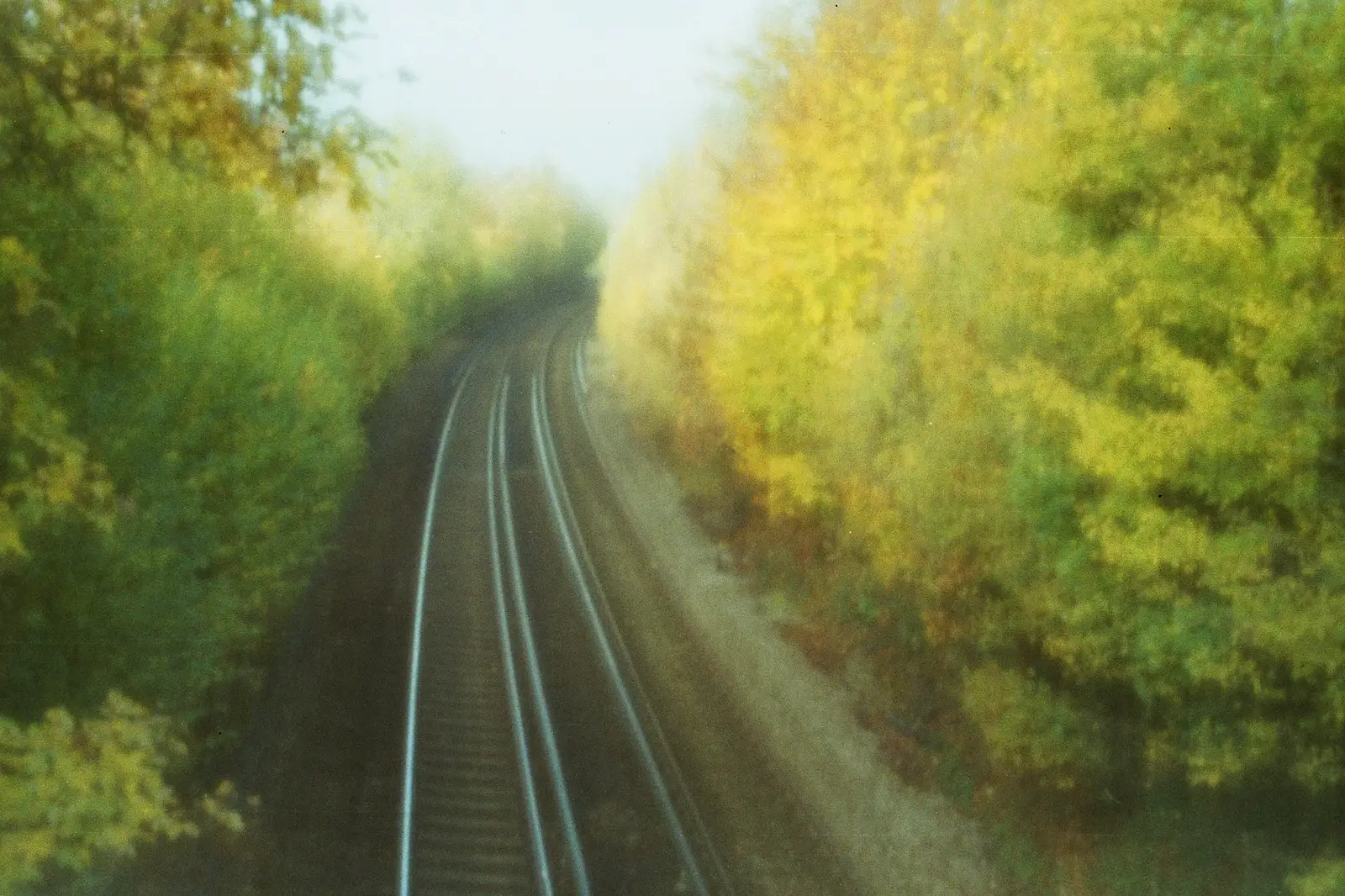








Comments
Martin Siegel on A Paxette Pinhole Conversion and a walk in the Countryside – By Rock
Comment posted: 12/02/2020
You could have used a body cap to mount the pinhole plate. Plus some macro extension tubes when needed.
Best regards
Martin
Comment posted: 12/02/2020
Mike Hannon on A Paxette Pinhole Conversion and a walk in the Countryside – By Rock
Comment posted: 12/02/2020
Comment posted: 12/02/2020
Roger B. on A Paxette Pinhole Conversion and a walk in the Countryside – By Rock
Comment posted: 12/02/2020
Comment posted: 12/02/2020
Richard Byrne on A Paxette Pinhole Conversion and a walk in the Countryside – By Rock
Comment posted: 12/02/2020
Comment posted: 12/02/2020
Peter on A Paxette Pinhole Conversion and a walk in the Countryside – By Rock
Comment posted: 12/02/2020
Comment posted: 12/02/2020
Joe Phelan on A Paxette Pinhole Conversion and a walk in the Countryside – By Rock
Comment posted: 13/02/2020
Rock on A Paxette Pinhole Conversion and a walk in the Countryside – By Rock
Comment posted: 14/02/2020
Garrison on A Paxette Pinhole Conversion and a walk in the Countryside – By Rock
Comment posted: 15/02/2020
Comment posted: 15/02/2020
Dean on A Paxette Pinhole Conversion and a walk in the Countryside – By Rock
Comment posted: 17/02/2022